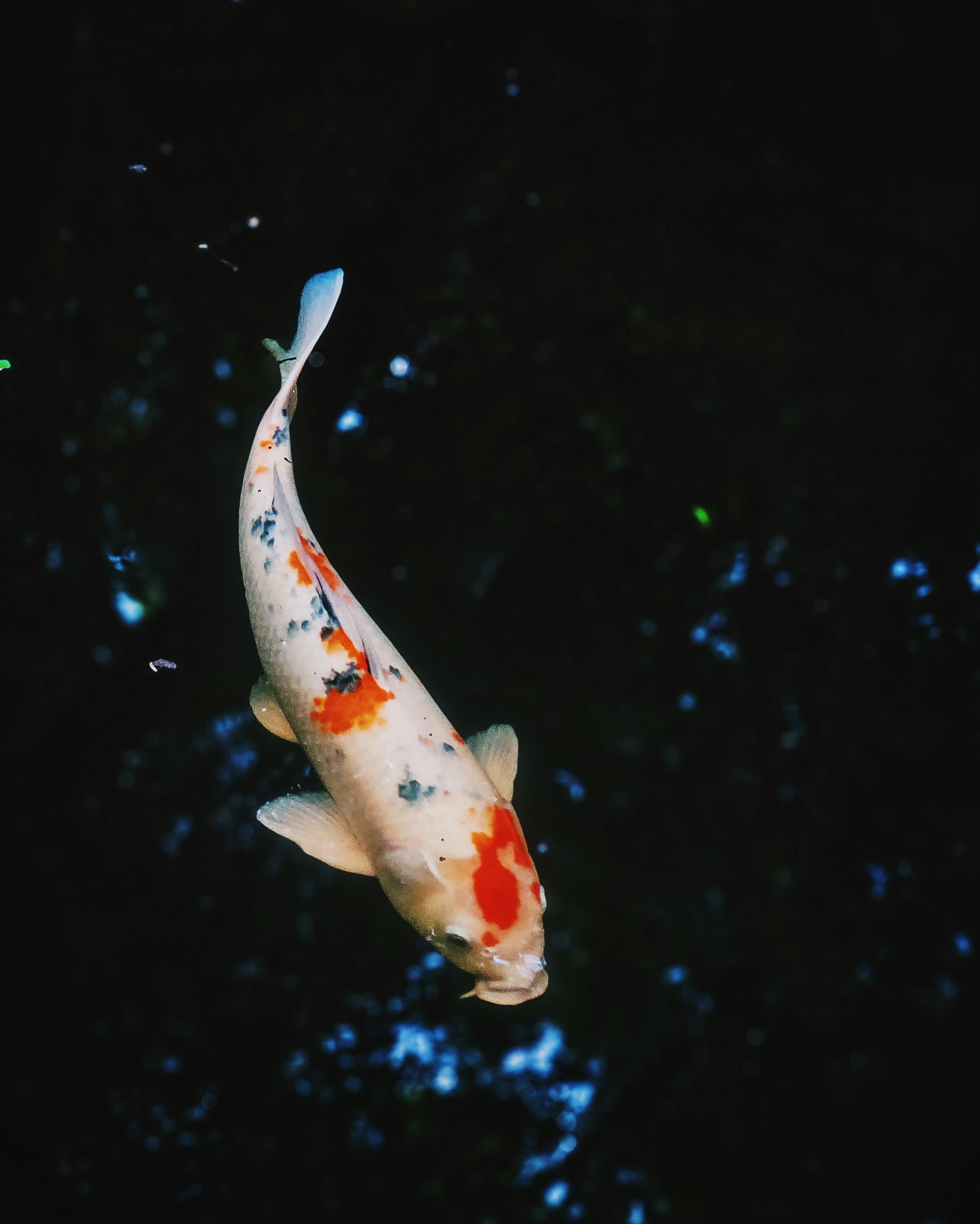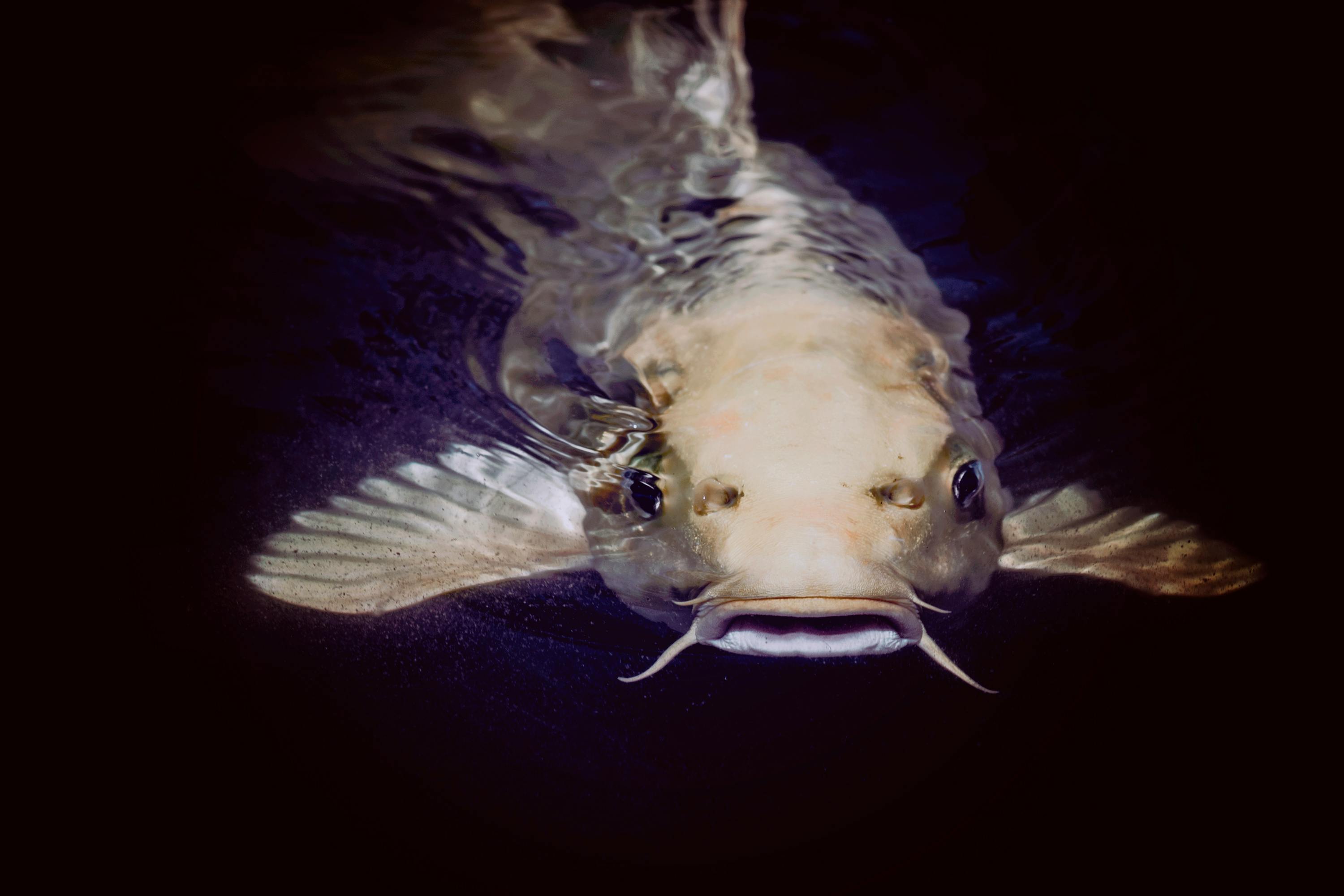
Ever pondered about the fascinating world of fish and their many adaptations? While most of us imagine fish covered in shiny scales, there's a surprising variety out there that lacks this common feature. Let's dive into the underwater world and explore some intriguing scale-less fish.
Discovering Scale-Less Fish

Fish without scales might sound unusual, but several species fit this description. These fish have evolved over time to thrive without the protective layer that most fish have. Instead, they often have other ways of defending themselves and adapting to their environments. Scale-less fish are found in various water bodies around the world, each with its own unique characteristics.
Notable Examples of Scale-Less Fish

- Catfish: Recognized for their whisker-like barbels, catfish are found across the globe in fresh and saltwater. Rather than scales, they have a smooth, leathery skin covered in mucus—a natural defense mechanism that helps protect them from parasites and disease. In Missouri, for example, catfish are noted as a common species lacking scales.
- Eels: Often mistaken for snakes, eels have elongated bodies and are typically quite slippery due to a mucus-covered skin. This adaptation allows them to glide through the water with ease and provides a modicum of protection from predators.
- Sharks and Rays: Although technically not entirely scale-less, their tiny, tooth-like structures—called dermal denticles—act like scales. These adaptations reduce drag to make them swift predators of the ocean. To learn more about such species, consult this detailed field guide dedicated to coastal fishes.
- Hagfish: These primitive creatures, known as "slime eels," produce copious amounts of slime to deter predators and burrow into carcasses for food. With no bones or scales, they are truly unique in their survival tools.
- Lampreys: Parasitic in their feeding habits, lampreys latch onto other fish using a suction-cup mouth lined with teeth. Their smooth skin is another evolutionary marvel that has adapted to their particular lifestyle.

Comparative Table of Common Scale-Less Fish Characteristics
| Fish | Key Characteristic | Primary Habitat |
|---|---|---|
| Catfish | Mucus-covered skin | Fresh and saltwater |
| Eels | Slippery, elongated bodies | Freshwater and marine |
| Hagfish | Slime production | Marine depths |

Why Evolution Favored Scale-Lessness

With these amazing examples of scale-less fish, you might wonder why some fish lose scales at all. These adaptations generally occur in response to certain environmental pressures or feeding habits:
- Protection and Camouflage: Mucus-covered skin or dermal denticles can offer camouflage and a barrier against enemies and diseases.
- Enhanced Movement: A smooth body often leads to faster and more efficient movement, which is perfect for predators and deep-sea dwellers.
- Feeding Advantages: Some fish, like lampreys, have developed bodies suited for parasitic feeding, needing fewer defenses against direct attack.

Have you encountered any of these intriguing scale-less fish on your adventures? Or do you have a favorite aquatic creature that didn’t make the list? Share your thoughts and experiences below—there's no better time to dive deeper into the wonders of the underwater world!
Frequently Asked Questions
What fish do not have scales?
Fish that do not have scales include species like catfish, sharks, rays, chimaeras, skates, moray eels, sturgeons, paddlefishes, salifin blennies, combtooth blennies, hagfishes, and lampreys. These fish often have evolved different physical adaptations such as tough skin or bony plates for protection instead of scales.
How do fish without scales protect themselves?
Fish without scales protect themselves using alternative means like tough skin, bony plates, or mucous coatings that act as barriers against predators and infections. For example, sharks have tough dermal denticles that reduce drag and provide armor-like protection.
Why don't some fish have scales?
Not all fish have scales due to evolutionary adaptations to their habitats and lifestyles. For instance, bottom-dwelling fish like catfish and moray eels evolved alternatives such as mucus-coated skin for flexibility in tight spaces or camouflage in their environments.
Are fish without scales safe to eat?
Most fish without scales are safe to eat as long as they are properly cleaned and cooked. Some, like catfish and sharks, are popular in various cuisines. Always check for any specific cleaning instructions due to their unique skin types.
What are examples of scale alternatives in fish?
Scale alternatives in fish include tough dermal denticles in sharks, bony plates in sturgeons, and mucus-covered skin in lampreys. These adaptations help with protection, reducing water resistance, or surviving in unique environments.
As we journey through the depths of the ocean and marvel at the unique beauty of scale-less fish, there's always more to learn and share. If you're as fascinated by these underwater wonders as we are, why not keep the conversation going? We'd love for you to connect with us and explore more of these captivating topics. Follow us on Pinterest to discover stunning visuals and educational pins. Join our vibrant community on Facebook, where we share the latest updates and invite you to participate in exciting discussions. For those who enjoy a daily dose of aesthetic inspiration, check out our Instagram feed. Lastly, don't forget to engage with us on X for live interactions and quick updates. We're thrilled to have you dive deeper into this engaging world with us—your curiosity is what fuels our passion!
